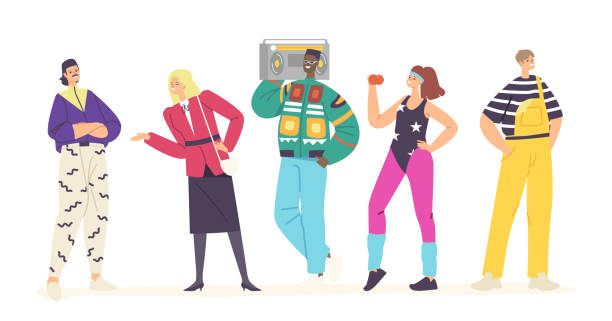In recent years, secondhand markets and apps have gained popularity as a solution to mitigate the environmental impact of clothing waste. While these platforms offer potential benefits, they are not a panacea for addressing the multifaceted issue of clothing waste. This essay explores the limitations of secondhand markets and apps in effectively tackling clothing waste, encompassing factors such as accessibility, consumer behavior, and systemic challenges.
Accessibility and Affordability: One of the primary limitations of secondhand markets and apps is their accessibility and affordability. While these platforms offer an alternative to purchasing new clothing, they may not be accessible to everyone. Low-income individuals or those living in areas with limited internet access may face barriers to participating in these markets. Additionally, the affordability of secondhand clothing can vary widely, depending on factors such as brand, quality, and demand. For some consumers, purchasing secondhand clothing may still be financially prohibitive compared to buying new items from fast-fashion retailers, particularly when considering the perceived value of brand-new products.
Limited Impact on Fast Fashion Consumption: Secondhand markets and apps alone may not significantly reduce the demand for fast fashion. Despite the growing popularity of sustainable fashion initiatives, the allure of inexpensive, trendy clothing from fast-fashion brands remains strong for many consumers. Research indicates that while some individuals may engage in secondhand shopping, they often continue to purchase new clothing from fast-fashion retailers, perpetuating the cycle of clothing waste. Without addressing the root causes of fast fashion consumption, such as consumer behavior and industry practices, the impact of secondhand markets and apps on clothing waste will remain limited.
Consumer Behavior and Perceived Value: Consumer behavior plays a crucial role in the effectiveness of secondhand markets and apps in addressing clothing waste. While some consumers actively seek out secondhand clothing as a sustainable choice, others may perceive it as less desirable or fashionable compared to new items. This perception can stem from social norms, marketing influences, or concerns about hygiene and quality. As a result, the adoption of secondhand shopping may be hindered by deeply ingrained attitudes and preferences regarding clothing consumption. Without shifting consumer perceptions and promoting the value of secondhand clothing, the potential of these markets to reduce clothing waste will be constrained.
Infrastructure and Logistics Challenges: The success of secondhand markets and apps relies on robust infrastructure and efficient logistics systems. However, challenges such as inventory management, quality control, and shipping logistics can impede the scalability and effectiveness of these platforms. Ensuring a seamless experience for both sellers and buyers requires significant investment in technology, operations, and customer support. Furthermore, the geographic dispersion of sellers and buyers can complicate logistics and increase carbon emissions associated with transportation. Addressing these infrastructure challenges is essential to maximizing the impact of secondhand markets and apps on reducing clothing waste.
Lifecycle Considerations and Circular Economy: While secondhand markets and apps contribute to extending the lifecycle of clothing, they do not inherently promote a circular economy model. A circular economy aims to minimize waste and maximize resource efficiency by designing products for durability, repairability, and recyclability. Secondhand clothing, while diverting items from landfills, may still ultimately end up as waste if it cannot be resold or repurposed. To truly address clothing waste, there is a need to transition towards a circular fashion system that encompasses not only secondhand markets but also sustainable design, production, and end-of-life solutions.
Conclusion: Secondhand markets and apps play a valuable role in mitigating clothing waste by providing an alternative to purchasing new items. However, their effectiveness is constrained by various limitations, including accessibility, consumer behavior, infrastructure challenges, and the need for a holistic approach to sustainable fashion. To truly address clothing waste, it is essential to adopt a comprehensive strategy that encompasses behavioral change, industry innovation, and systemic transformation. By addressing these challenges collectively, we can work towards a more sustainable and equitable fashion ecosystem.



